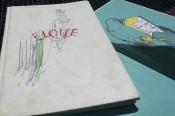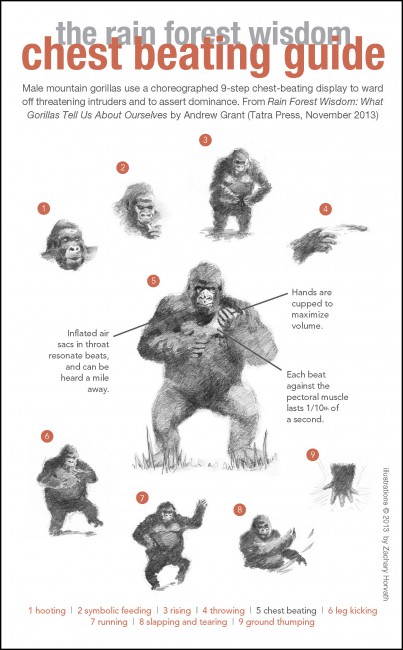Tatra Press will launch a new imprint of original e-books focusing on long-form journalism, narrative non-fiction and literary fiction called Tatra Press ShortTake Original in November 2014. The imprint will publish titles in e-book format only and of about 30 to 120 pages in length. The following four pieces will kick off the imprint:
The Journal, by essayist and journalist Josh Karlen, delves into the author’s parents’ personal journals and uses them to piece together the evolution of their marriage, its break-up and the lives they lived and the many they touched. Karlen is the author of Lost Lustre: An New York Memoir published by Tatra Press. In Kremlin Speak: Inside Putin’s Propaganda Factory, Lukas I. Alpert casts light on Russia’s aggressive propaganda war playing out through its news organizations. Alpert is a correspondent with The Wall Street Journal, previously covering politics in Moscow and currently in the New York bureau. Novelist John Lansing’s The Test, is a coming-of age story based in 1950s Long Island, about a young couple’s relationship that inflames racial tensions of a community. Lansing is the author of The Devil’s Necktie and forthcoming Blonde Cargo (October 2014), both published by Simon & Schuster. Andrew Sulavik’s The Beginnings of Angels debunks myths surrounding the origins of angels and provides a rich amount of research exploring ancient roots of our contemporary fascination with angelic beings. Sulavik, a former Catholic priest, is a medieval scholar.








